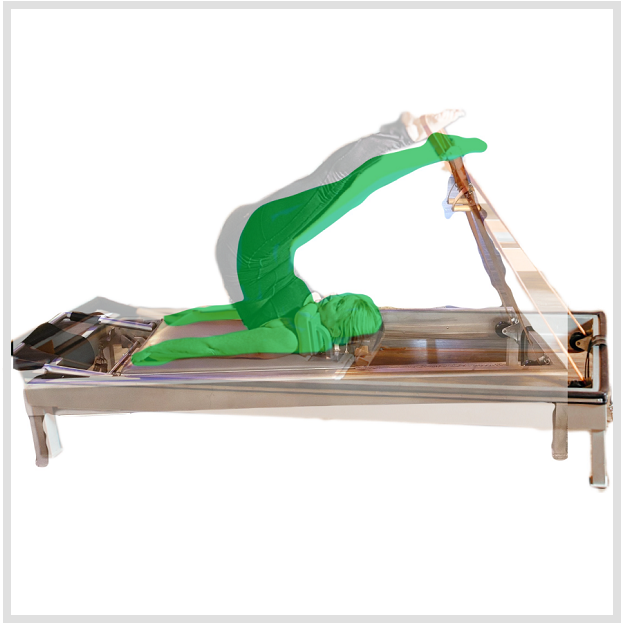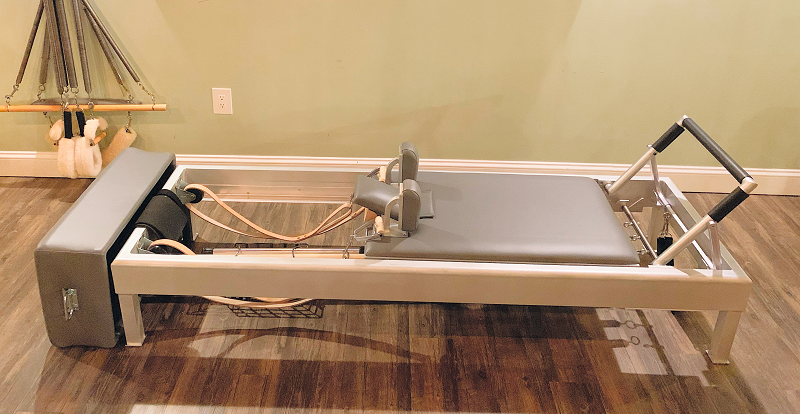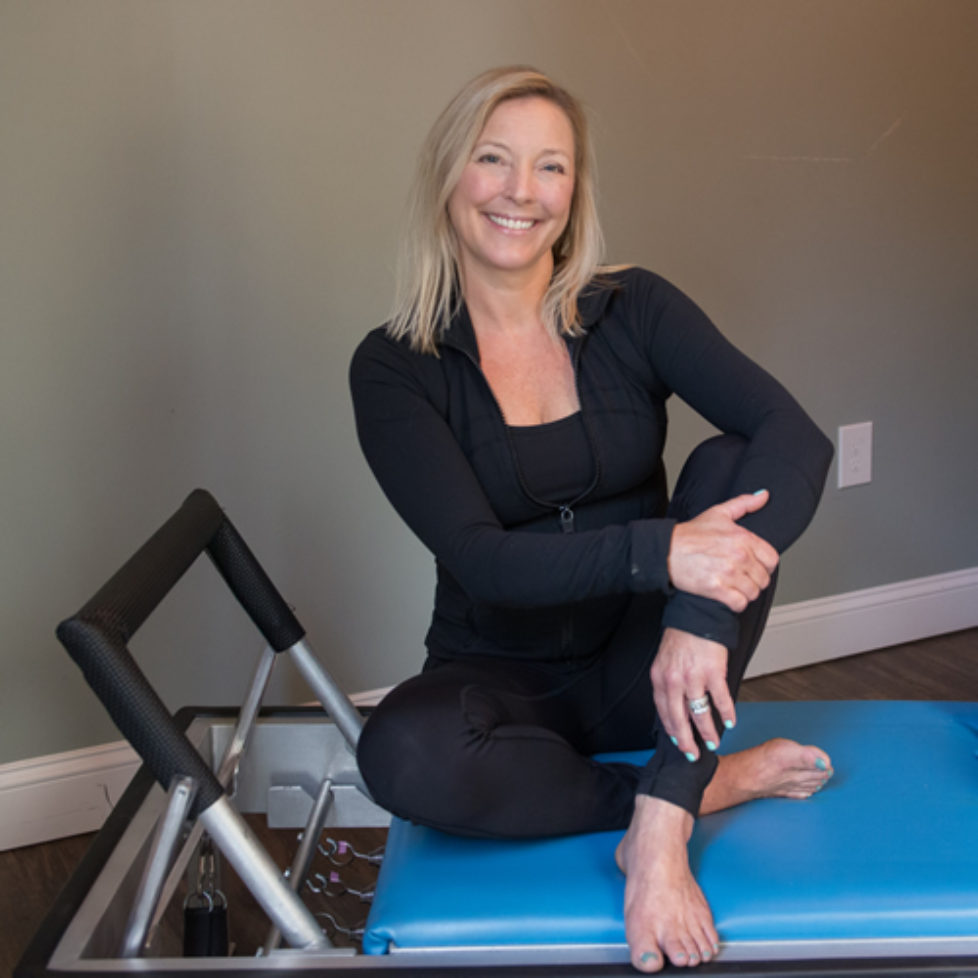Issue #425 – Wednesday, March 6, 2024
Archival 80 Inch Reformer Review
by Stefanie O’Rourke
In our studio, one of our reformers is a little shorter than the others. Most traditional reformers are 86 inches long. This beauty is the 80 inch Gratz Archival Reformer. Pilates apparatus connoisseurs geek out at the subtle differences and how they impact the workout.
Evolution of the size of the Pilates Reformer
Joe Pilates did not mass produce his apparatus. He first invented his equipment to assist him in creating kinetic feedback for his clients. Some inventions became a staple in the system we now call Pilates and some are part of history (google V-bed). Although Joe custom built for his clientele, 80 inches was the average length of his standard studio reformer based on historical evidence. Dimensions changed as more manufactures entered the market and they received feedback from Pilates teachers and industry leaders.
What’s the Difference?
1. The SHORTER STRAPS
The shorter length of the leather straps makes the most impact when differentiating the workout on an 80 inch reformer as opposed to an 86 inch reformer.
The space between the carriage (the bed that moves) and the back frame (the well) is where the 80 inch reformer is 6 inches shorter the the 86 inch reformer. The leather straps attaching from the carriage to the back frame, and then back to the carriage will be shorter. This affects the angle of contact at the back frame, which in turn affects the force and power of the tension.
Feet in straps: In this illustration, short spine on the 80 inch is superimposed in green over the image of short spine on the 86 inch reformer. With shorter straps, the hips are pulled more vertically over the ribs in the inversion. The acute angle of the hips/thighs ratio is smaller. When executing the full exercise, according to individual needs, more power, control, and flexibility is required.
Hands in straps: The same thing occurs when holding the handles. In hundred, more exertion is required to curl to the tips of the shoulder blades. The advantage in control of the shorter distance to the back of the reformer is that it’s easier to find in the shoulder girdle and when connecting into the upper abdominal curl. In teaser, I find the deeper angle and closer proximity that supports the shoulder girdle makes articulation through the stuck spots more successful. Then while you are holding the balance when moving the arms, it truly becomes a full body exercise.
A persons height is a factor in feet in straps. Someone with a longer body will not be able to straighten their legs from frog. A seasoned practitioner may find this awkward at first, then accept it as a challenge to straighten their legs while lifting the hips (see Sources – Lesley Logan). Personally, this is when I switch to the 86 inch reformer for my taller clients.
2. The SHOULDER RESTS
The shoulder rests are shorter. I find this especially nice in stomach massage with hands back. A shorter person may struggle with shoulder flexibility when trying to get the palms of their hands on top of the shoulder rest. Instead of modifying by pressing knuckles down into the carriage, access to pressing into the shoulder rest helps elongate the spine and lift the back. There is also a slight indentation under the shoulder pad on the carriage. In exercises like elephant, pressing the heel of the foot into that lower angle, getting underneath of the shoulder rest, adds intensity.
3. The FOOT BAR
Stefanie has over 2 decades of experience in the fitness industry. She applies her understanding of movement to the system of pilates, using all apparatus as needed to tailor an individualized program for each student. “The practice of pilates”, she says, “empowers the student to take ownership of their bodies, understand it’s movement patterns, and apply this to their every day life.”
After beginning a family, Stefanie retired from the corporate world and decided to focus all her energies on fitness. She became certified to teach pilates mat classes in 2003, completed her comprehensive training in 2004. Stefanie opened Chesapeake Pilates Center in January 2016. She gravitated to strictly classical equipment and found mentor in Clare Dunphy-Hemani in 2018.
In 2022 Stefanie excelled in a bridge program with Alycea Ungaro’s Real Pilates Teacher Training to become a Host Studio.



